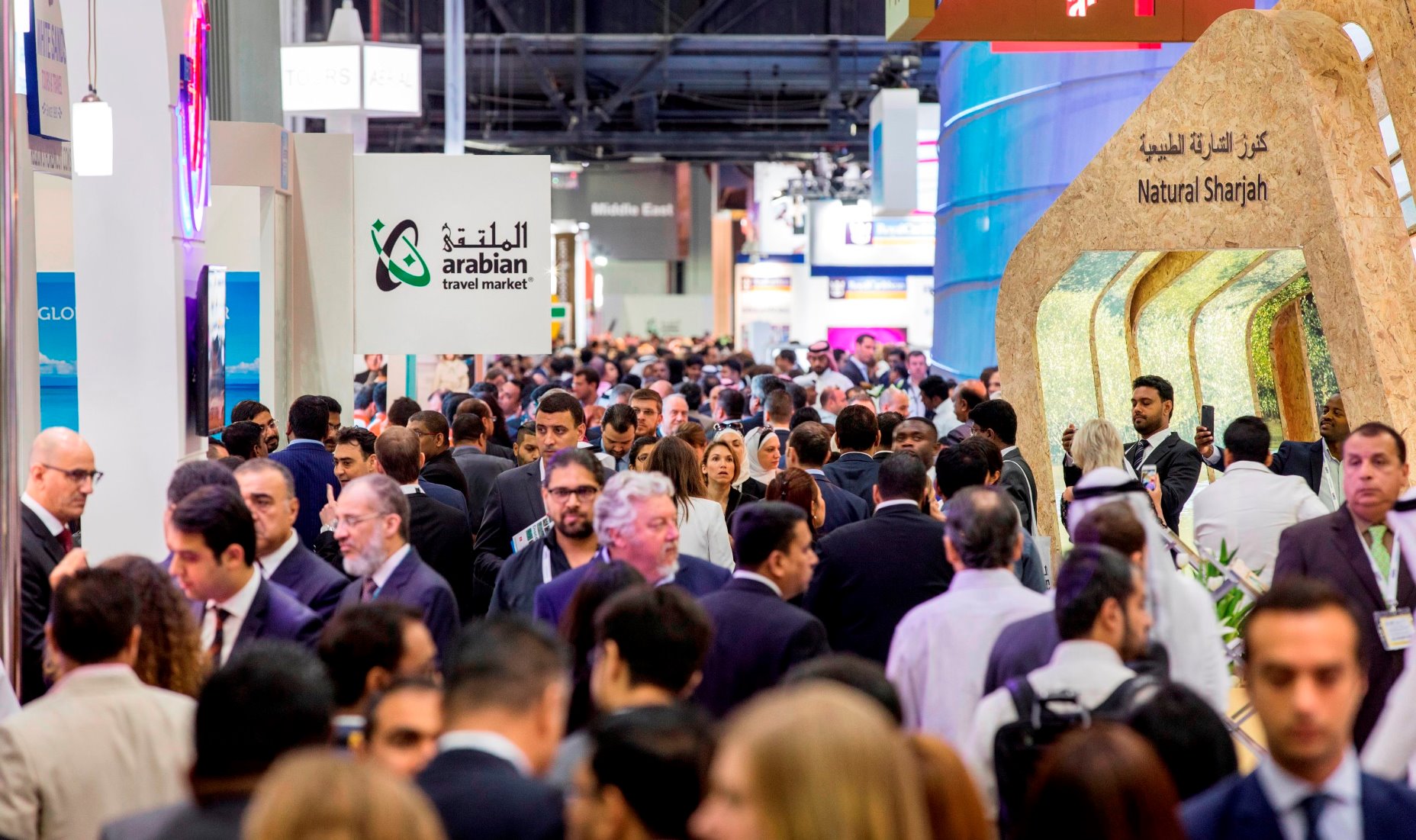The UAE will continue to lead the GCC’s luxury hospitality segment to 2022, according to data released ahead of Arabian Travel Market (ATM) 2018.

By 2022 the UAE shall have 73% of existing luxury hotel stock and 61% of the region’s current luxury pipeline located in the country.
Simon Press, Senior Exhibition Director, ATM, said: “The opening of such iconic properties as Burj Al Arab in 1999 and Raffles Makkah Palace in 2010, changed the face of luxury tourism in the GCC, as well as the skylines of its major cities.
“The region may be working to attract a wider visitor mix, but its commitment to luxury hospitality and tourism will not take a back seat anytime soon.”
The research demonstrates that luxury properties have increased three-fold in the GCC in just 10 years, with 95% of these properties operated by international management brands.
Despite taking the lead position, the UAE will face strong competition from Saudi Arabia, which is expected to witness the most significant increase in luxury hotel supply to 2022, with a Compound Annual Growth Rate (CAGR) of 18% from 2018 onwards.
Across the rest of the GCC, this figure stands at 10% in the UAE, 11% in Oman and Kuwait, and 9% in Bahrain.
Historically, Saudi Arabia dominates CAGR trends, with luxury property development from 2013 – 2017 accounting for 11% of the Kingdom’s growth in supply, compared to 8% in the UAE, 7% in Kuwait, 6% in Oman and 5% in Bahrain.
In 2017, the UAE topped the table, with 35% of the year’s pipeline made up of luxury projects; most concentrated in Dubai. This compares to 14% of projects in Saudi Arabia, 20% in Kuwait, 19% in Bahrain and 11% in Oman.
Press added: “The GCC’s reputation for world-class hospitality, original concepts and leading F&B have secured its place as one of the world’s most important luxury tourism markets attracting guests from around the globe. The trends we are witnessing are supported by a number of global developments in luxury spending.”
ATM takes place at Dubai World Trade Centre from April 22-25.



































































